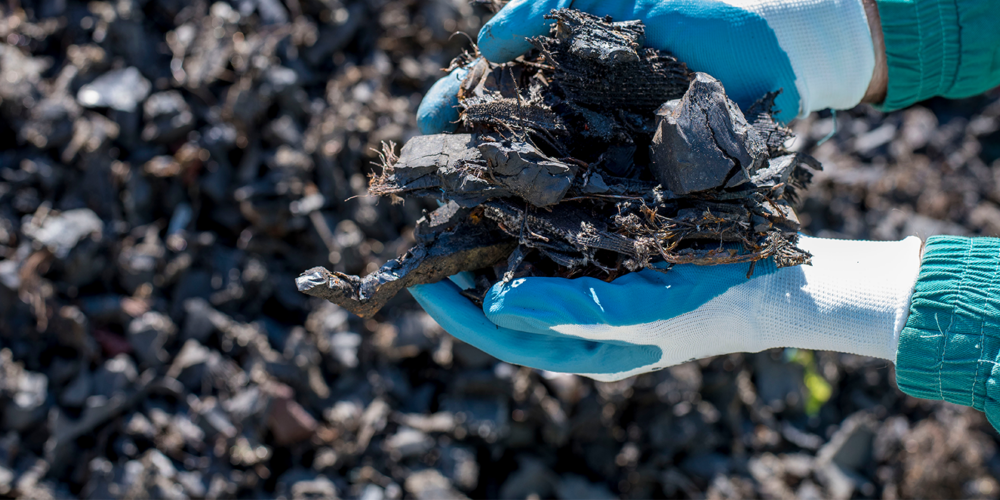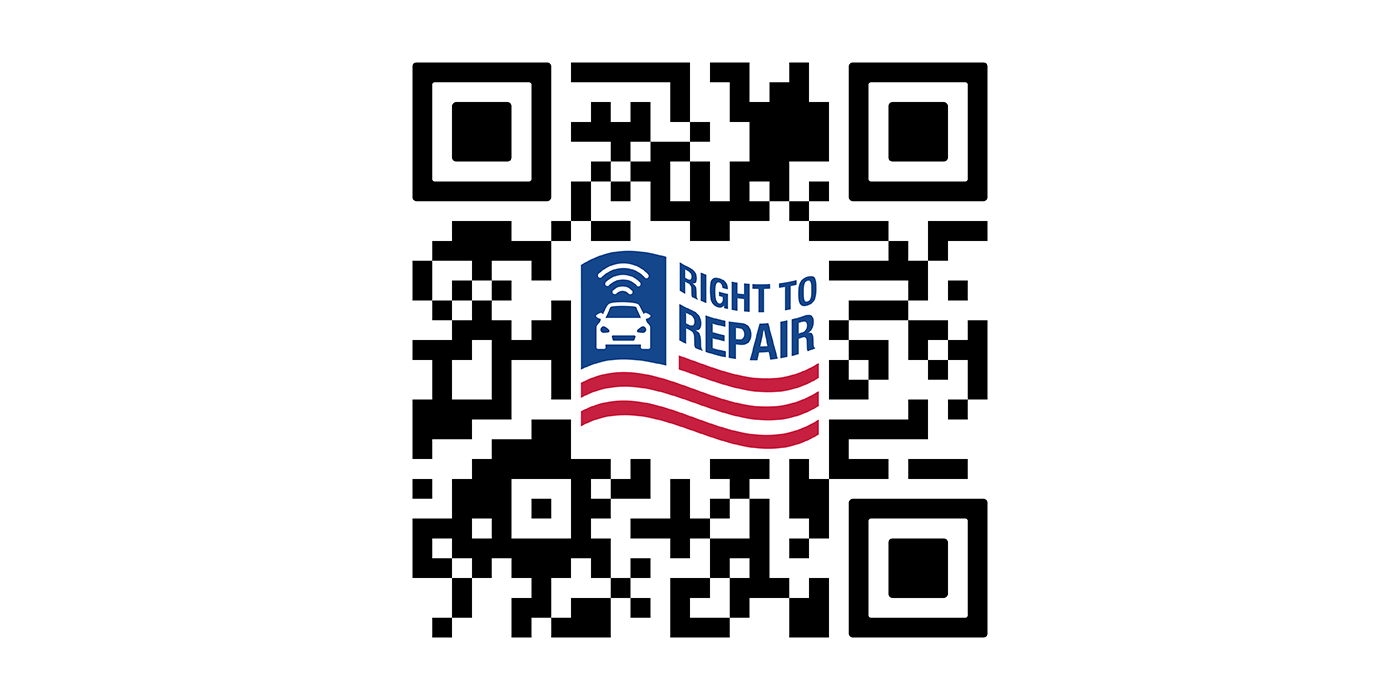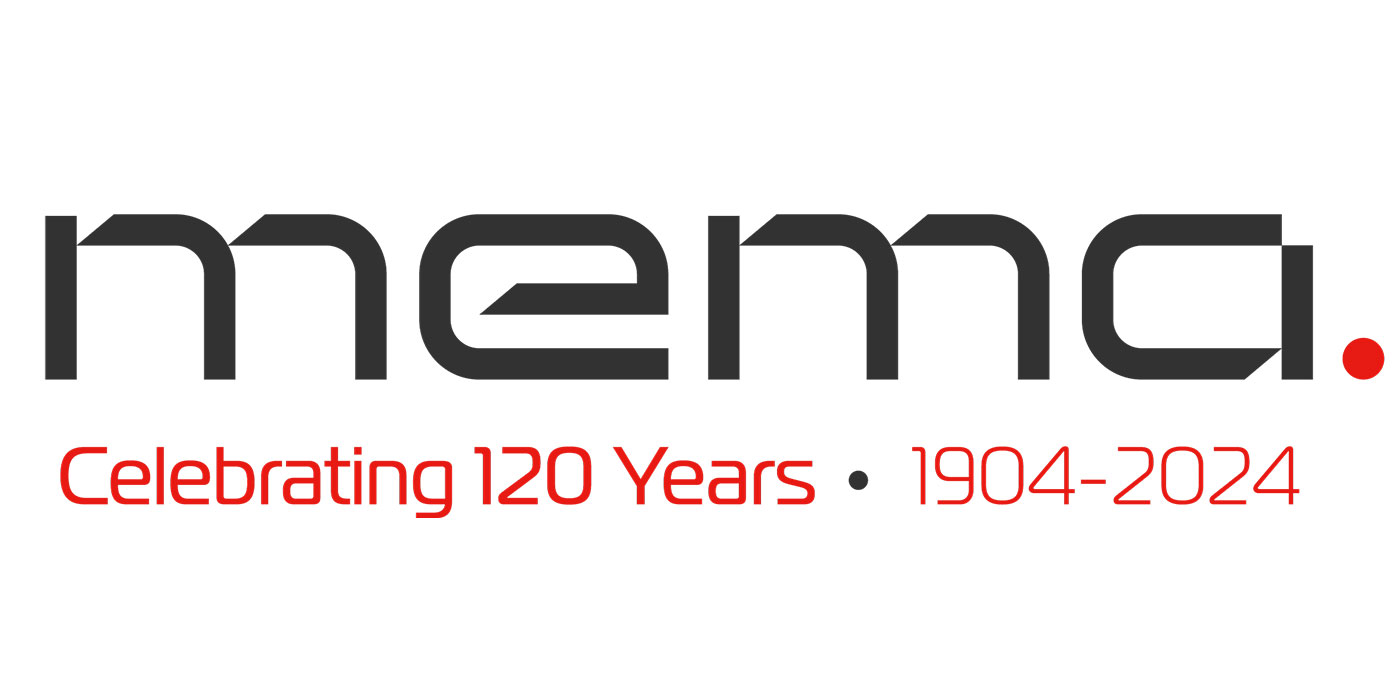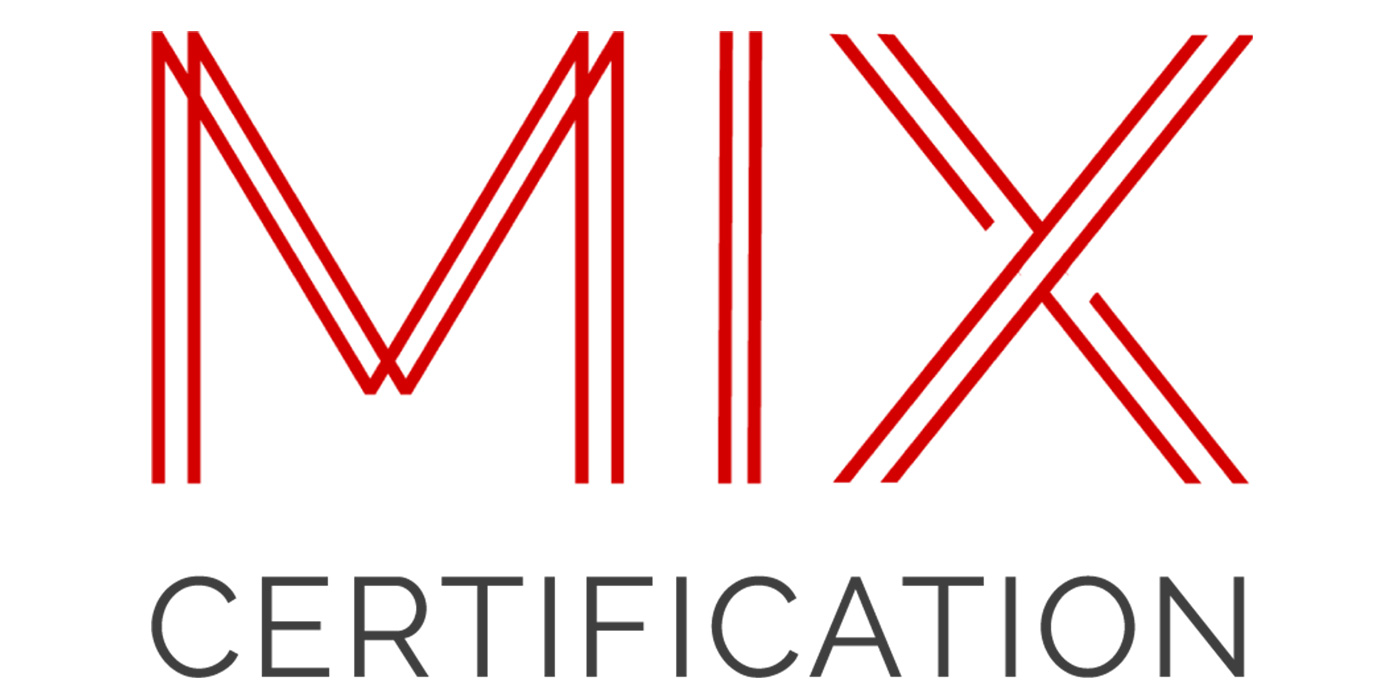From Tire Review, By Christian Hinton
A new report from the US Tire Manufacturers Association (USTMA) shows opportunities to expand end-use tire markets and improve tire recycling rates to keep pace with annual scrap tire generation.
The 15th 2021 Scrap Tire Management Report found that markets consumed 71 percent of annually generated scrap tires in 2021, down from about 76 percent reported in 2019. This decrease is due primarily to a nearly 13 percent increase in scrap tire generation, while markets to consume them increased by six percent. However, even with this small reduction, scrap tires outperform metal, glass, aluminum, plastic and paper recycling rates. Only automotive batteries and corrugated cardboard have a higher recycling rate.
The results of the report were shared in a recent webinar with hundreds of attendees, including representatives from municipal, state and federal government agencies, scrap tire recycling companies and transportation organizations. As part of its sustainability agenda, USTMA’s members share the goal that all scrap tires enter sustainable and circular end-use markets, and as an industry, have focused on the growth of scrap tire markets for over 30 years.
“We see scrap tire recycling as a key part of our role in supporting a sustainable circular economy and we have been steadfast in our efforts to promote market expansion,” said Anne Forristall Luke, president and CEO of USTMA. “USTMA will continue its commitment to expand markets and help advance opportunities for scrap tire technologies through work with our value chain partners, federal and state policymakers, academia and NGOs.”
USTMA has identified three areas of focus required to grow end-use markets:
Seize Historic Infrastructure Opportunities
With the recent passing of the Bipartisan Infrastructure Law (BIL), USTMA is focused on expanding opportunities to grow scrap tire markets that offer sustainable infrastructure solutions. This year, the association worked with congressional leaders to identify provisions in the BIL that support scrap tire recycling and the use of scrap tires in rubber-modified asphalt (RMA) and tire-derived aggregate in civil engineering projects. USTMA also identified six specific policy proposals – ranging from tax incentives to additional research dollars and procurement commitments – that support the implementation of scrap tire infrastructure technologies.
Scrap tire management is primarily the responsibility of state governments. Therefore, it is important for states to have robust scrap tire management programs that generate revenue streams to fund research that develops and assesses existing and emerging markets and addresses scrap tire abatement. USTMA continues to work closely with states to encourage the adoption of effective elements of state scrap tire programs.
The association said it works with numerous stakeholders to encourage the growth of circular, sustainable scrap tire markets. In 2021, USTMA collaborated with The Ray — a philanthropic organization dedicated to the discovery and implementation of sustainable transportation technologies — and researchers at the University of Missouri-Columbia to produce a State of Knowledge report on RMA (rubber-modified asphault). USTMA said it expects to release similar research about tire-derived aggregate in partnership with the Tire and Rubber Association of Canada (TRAC), Liberty Tire Recycling, First State Tire Recycling and the University of Wisconsin. These studies summarize existing literature to understand what is known about performance, economic and environmental benefits, identify knowledge gaps and offer recommendations for future research and investment. Additionally, USTMA is planning its ninth scrap tire conference in 2024 to further expand collaborative networks and partnerships.
Key Report Findings
Ground Rubber: The ground rubber market increased by 29 percent since 2019, making it the largest scrap tire market, consuming roughly 28 percent of all scrap tires in the following areas:
- Molded and extruded products: Products like rubber mats and flooring increased by 25% and consumed 485 thousand tons.
- Rubber mulch: Increased by 54% and consumed 391 thousand tons. Home and facility improvement activities during COVID shutdowns are credited in part for this.
- Rubber-modified asphalt: Consumed slightly less than the 2019 report showed with 141 thousand tons of scrap tires. Covid interruptions to construction funding and market development impeded the growth of this promising market.
- Fine ground rubber: A material used in new tires, coating, sealants and exports consumed another 79 thousand tons of scrap tires.
Tire Derived Fuel: Tire Derived Fuel (TDF) is now the second largest market for scrap tires, decreasing 15 percent since 2019. According to the USTMA report, TDF consumed about 28 percent of scrap tires in the following areas:
- Cement kilns: Consumed 682 thousand tons of scrap tires, a reduction of more than 16% since 2019. Covid disruptions to construction and the demand for cement account for this.
- Pulp and paper mills: Consumed 524 thousand tons of scrap tires, an increase of 8.8% since 2019. Strengthening demand for TDF is attributed to increased energy prices.
- Electric and industrial utility boilers: Consumed 187 thousand tons since 2019 and has decreased by nearly 50%. This sector continues to decrease as coal-fired plants shut down and emission limits tighten.
- TDF exports: Exports of scrap tires as TDF account for 1.7% of generation, decreasing by over a third.
- Electric arc furnaces: Remained flat in the 2021 report at 1%.













